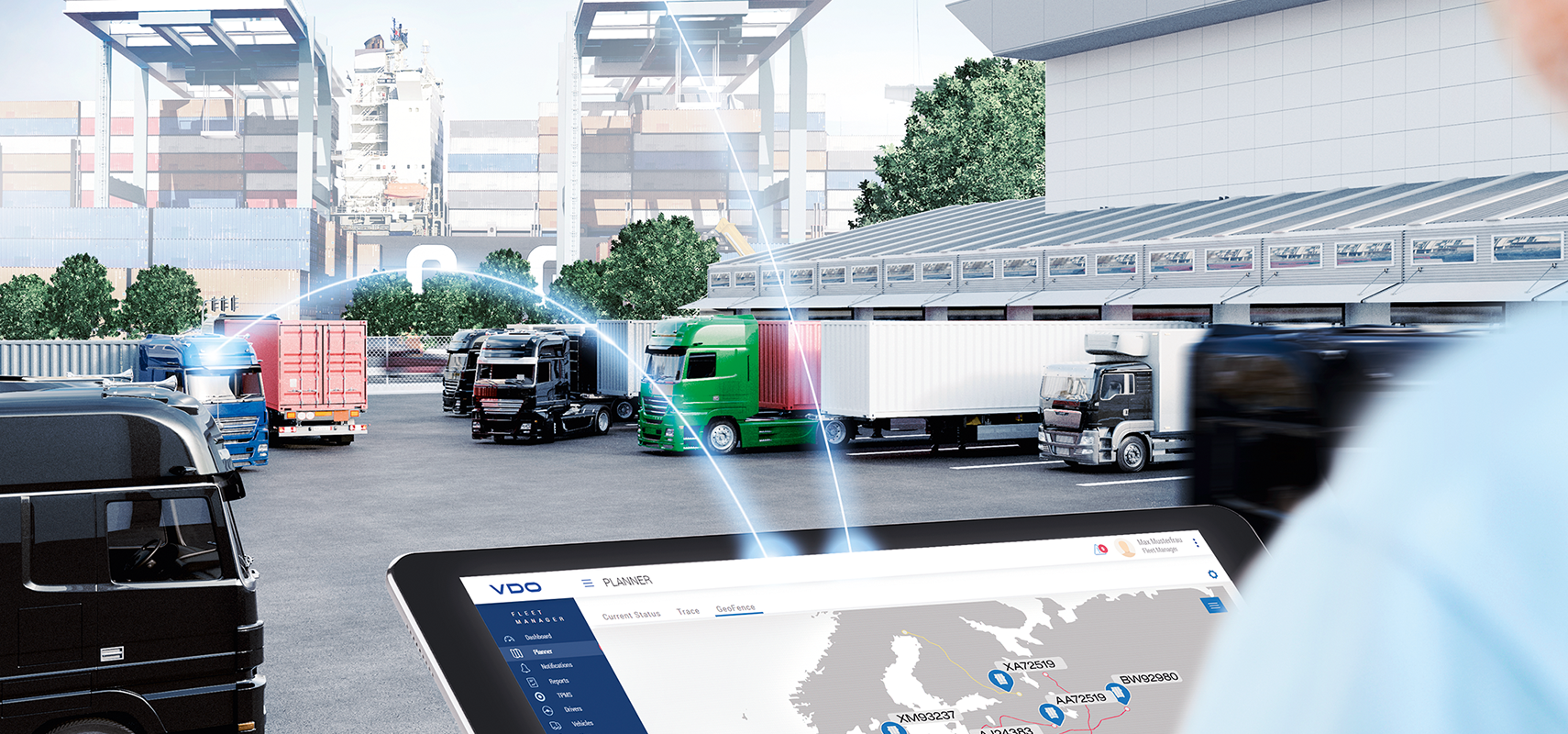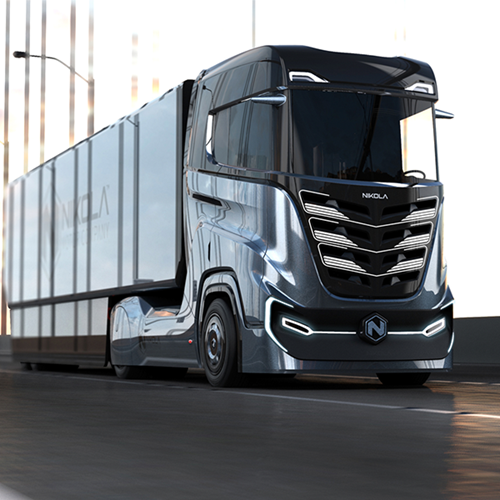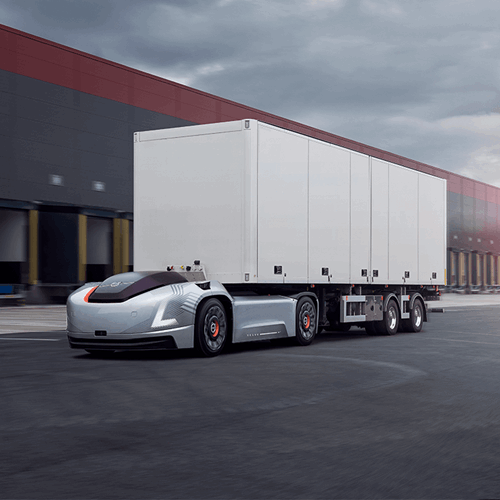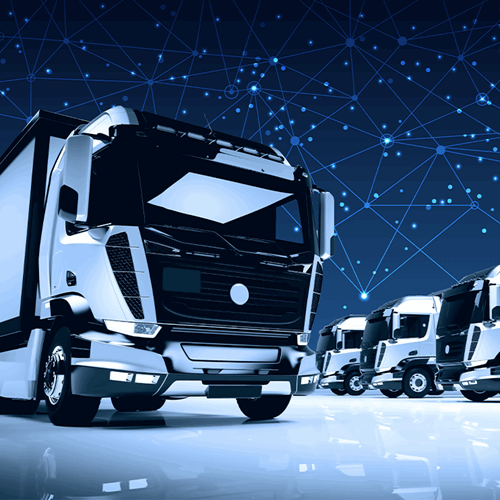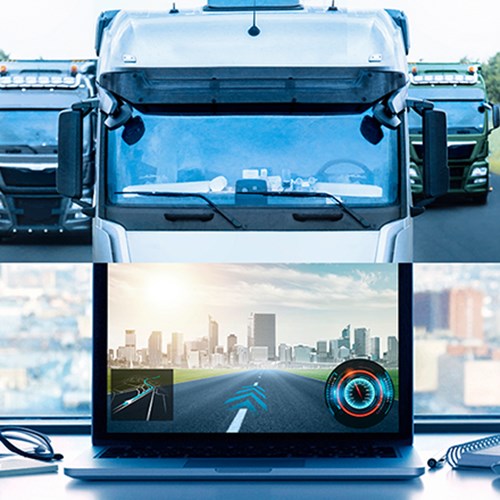Sharing data is the key
The average waiting time at the ramps has been shortened considerably. This is the conclusion of a study by consultancy company SCI Verkehr. Although none of the transport and logistics companies surveyed reported waiting times of more than two hours, almost half of them recorded idle time of up to 1.5 hours prior to loading. The ramps therefore remain the bottlenecks of logistics. Time lost on the first and last few kilometers is added to the age-old pain of traffic-related delays, and not only does this have an adverse affect on the quality of transport, but it also costs a lot of money.
Pressure is increasing unabated
Before goods can make it from the sender to the recipient, they must pass through many hands. At the same time, an almost equally large number of processes are initiated within the value chain. In each individual process, data is generated and undergoes further processing with the aid of smart software and applications. This makes the individual subprocesses faster and more effective. They certainly need to be, as with ever-increasing transport volumes, the cost pressure exerted on companies in the transport and logistics industry is growing at the same time. The social pressure to act in a more environmentally friendly manner is also increasing. However, the huge potential for greater efficiency and sustainability might no longer lie in the optimization of sub-trades, but in the sharing of data with all participants in the overall process.
Many professional isolated applications
Today, port facilities and warehouses are managed, their goods and material flows monitored and processes governed at the depots all with the aid of state-of-the-art software. Thanks to professional fleet management solutions such as VDO FleetVisor and TIS-Web®, truck fleets are optimally managed, legal requirements observed, infringements prevented and the safety of vehicles, goods and road traffic steadily improved. Software for coordinating loading and unloading processes at ramps is ubiquitous. All these programs function as effective, but more or less singular isolated applications. The connection of all subsystems via smart interfaces and the access of all process participants to product data could be a way to make logistics processes more efficient and ultimately also more sustainable.
Information transparency thanks to data-sharing
After all, if information, for example, regarding the current locations of the vehicles, load contents, weights, load capacities etc. were shared at various stages of the logistics chain, it would not only be easier to predict the receipt of goods and handle shipment documents, but it would also generally improve the quality of the individual services. Today, information-sharing is very often lacking or, sometimes, incurs considerable delays. “Delivery note information from the loader, for example, is often sent to the freight company only once per day, which means that swap bodies in the yard cannot be unloaded for hours at a time and dispatch data must be (pre-)entered manually,” complained Rainer Hoppe, managing director of A’PARI Consulting GmbH. “There are numerous system and media disruptions that result in the manual duplication of tasks and some inefficient processes,” explained Hoppe. Approaches that are not limited to the mere transfer of data between direct process neighbors along a process sequence have an even greater impact. If, as a general rule, all information were made available and shared at the same time – for example, by equipping goods and packaging with corresponding sensors ex works – consistent transparency would be achieved. Constantly updated real-time data would provide those directly involved in the process with important information regarding their respective area of work. Even those indirectly involved, such as supervisory authorities, police and insurance companies, could participate in the sharing of data. Thanks to such models, waiting times at the ramps, the oft-quoted “bottleneck of logistics,” could soon be a thing of the past. This is because smart fleet management programs such as TIS-Web® Motion would be in constant communication with the dispatch systems at the loading ramps. Corresponding algorithms would use real-time data regarding arrival to calculate which gate to approach and also ensure that forklift trucks and personnel were ready. Even the transport of hazardous goods could be better supervised, with insurance companies able to offer cheaper ad hoc policies. Such a data network would offer a flexible and interoperable infrastructure for the entire process of sharing information relating to transport and logistics. On this basis, real quantum leaps toward efficiency, sustainability and safety could be expected.
Joint effort required
Digitalization in the form of new technologies and solutions regarding the topic of big data will probably change the flow of loading and traffic and pave the way for new business models. However, because several service areas and therefore also various companies are involved in the overall process, there is no expectation of a single actor investing in the appropriate solution or killer application. With its smart interfaces for the sharing and processing of data from digital tachographs, TIS-Web Connect and TIS-Web Extract, VDO is heading in the right direction. Nevertheless, a joint initiative will probably be required to achieve a breakthrough. The Digital Transport & Logistics Forum (DTLF) has now been founded for this very purpose. The DTLF is a group of experts that brings together representatives from the EU member states and interest groups from transport and logistics communities to build a common vision and road map for the digitalization of transport and logistics. The overarching goal of the DTLF is to improve digital interoperability in logistics and goods transport across Europe. It is at least the first step on the road to the Internet of Transport.
